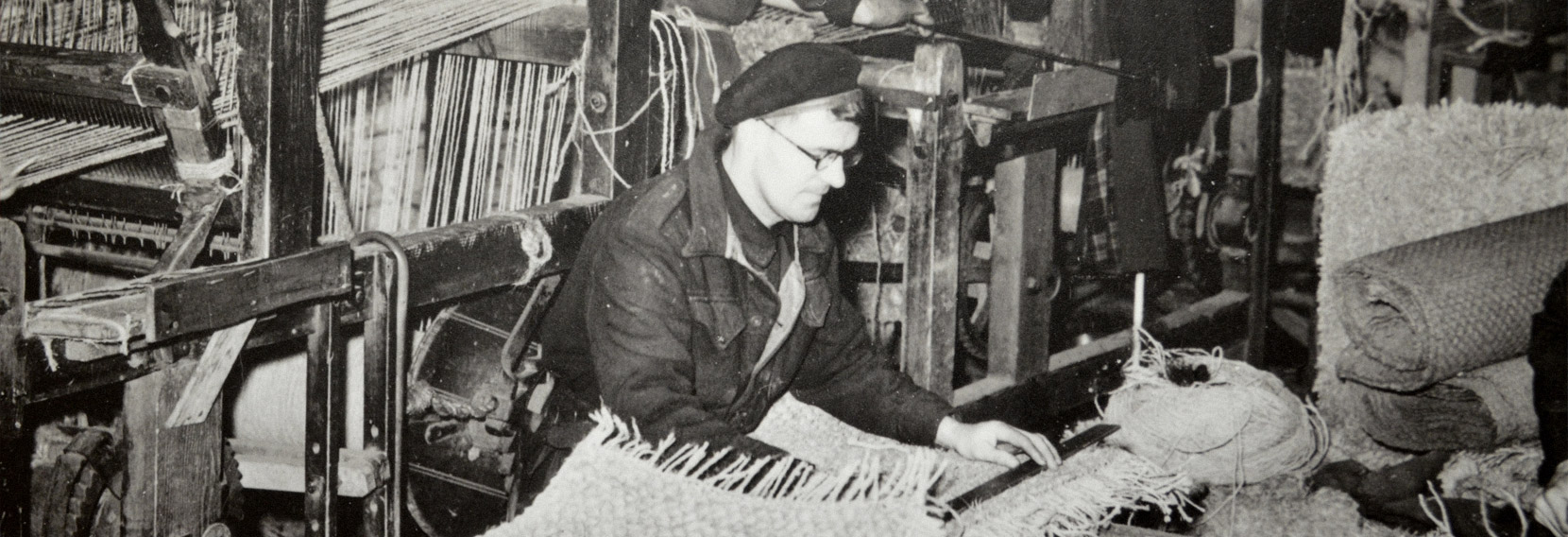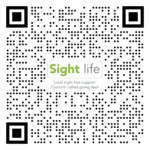Our history
The history of Cardiff Institute for the Blind dates back to 1865 when Frances Batty Shand, an early charitable activist in Cardiff, founded the organisation.
How we started
Frances Batty Shand (1815-1885) was the daughter of John Shand, a Scottish plantation owner and an enslaved woman named Frances Brown. In the mid 1800s, Miss Shand came to live in Cardiff with her brother John to keep house for him. He worked for the Rhymney Railway Company. Miss Shand was concerned with the “ragged” children she saw in Cardiff and toured the city offering help and support. Miss Shand first opened a small workshop in the Canton area of Cardiff, employing four blind men. They made baskets for the coal ships which sailed from Cardiff ports. The Association for Improving the Social and Working Conditions of the Blind was born. It was later to become Cardiff Institute for the Blind.
Within a year, the Institute purchased larger premises at Byron Street in the Roath area and employed ten men. The Institute moved a third time to larger premises on Longcross Street off Newport Road in 1868. There is a photograph of those premises further down on this page. After John Shand died in 1877, he was buried in Allensbank Cemetary, Cathays. After her brother died, Miss Shand retired and left Cardiff. Little is known of her until she died in 1885 in Switzerland. However, Frances never forgot her connection with the city. She was buried in the same grave as her brother in Allensbank Cemetary, Cathays.
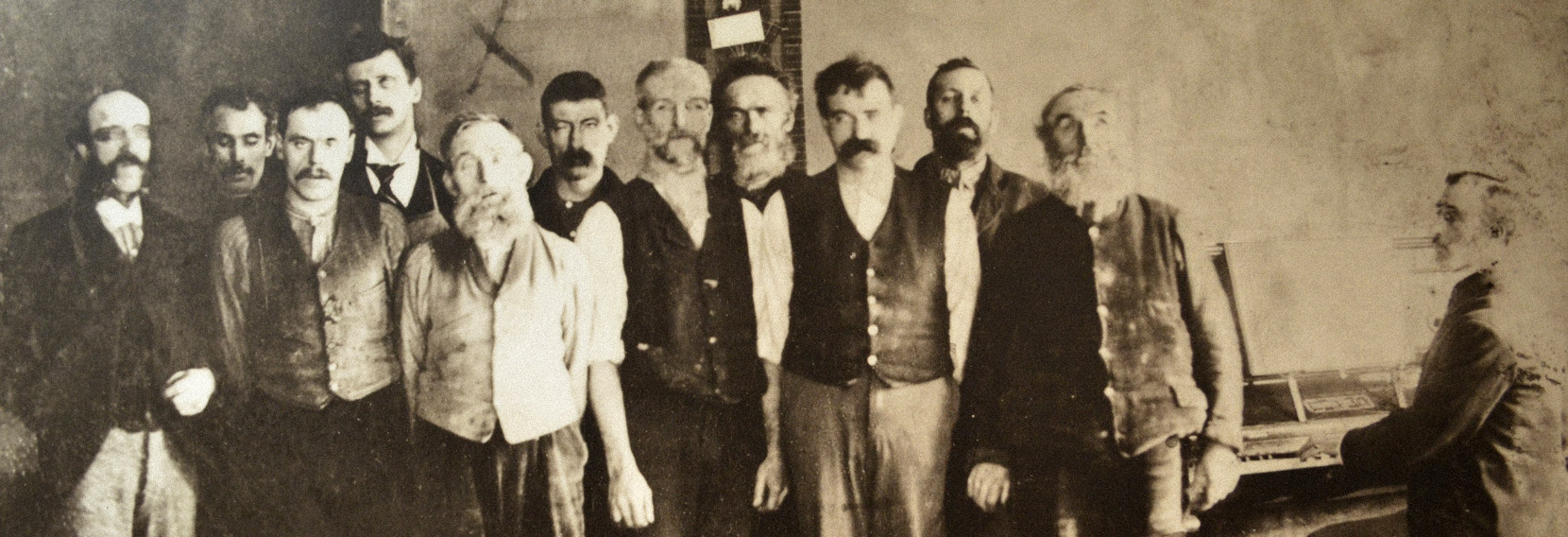
Growing and developing
The Longcross Street premises continued to prosper. By 1900, the Institute employed 100 blind men and women, sewing and manufacturing baskets, mats, brushes and ships fenders. In 1941, a German air raid on Cardiff destroyed Longcross Street. Within weeks, all of the employees were back at work, housed in small workshops scattered around the Roath area of Cardiff. The Institute was given a plot of land on Newport Road in 1949. Work on new premises commenced in 1951. The iconic Shand House, named in honour of the organisation’s founder, opened in 1953. At that time, the Institute’s work still concentrated on creating employment for blind and disabled people. In 1965, the Institute had 70 employees engaged in the manufacture of traditional products for a blind workshop.
Gradually, attitudes changed towards integrating disabled people into work. The concept of segregated ‘sheltered employment’ became outdated. More opportunities arose for blind and partially sighted people in open employment as a result of the rapid growth in technology. The role of the blind workshops gradually decreased and the Institute closed them in 2006.
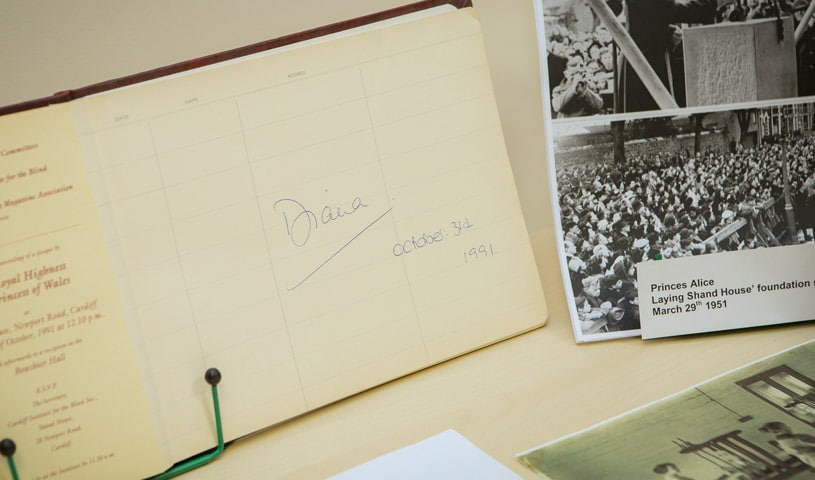
Princess Diana’s Signature from her visit to Cardiff Institute for the Blind in 1991
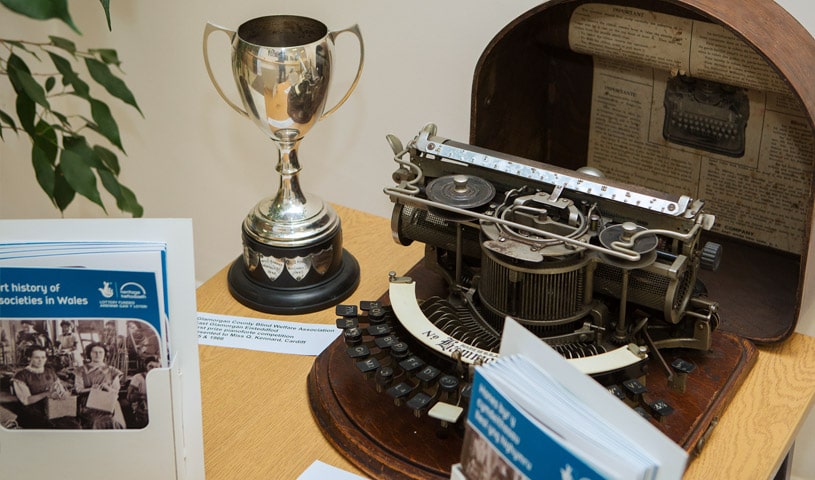
The heritage display at CIB
The modern Institute
Cardiff Institute for the Blind then concentrated its focus on the provision of direct services for visually impaired people in the counties of Cardiff and the Vale of Glamorgan. This work set benchmarks which local societies for the blind have followed throughout the UK. In 2009, the biggest expansion in our long history took place when we became part of RNIB Group, with the remit to spread our service and support model across South Wales. This led to an office opening in Pontypridd to manage services in Rhondda Cynon Taf and Merthyr Tydfil, and an office in Swansea Vale to manage services in Swansea and Neath Port Talbot.
In 2013, we expanded our operations again into North Wales as part of a three-year Big Lottery Fund partnership project with Vision Support, North Wales Society for the Blind and RNIB Cymru.
In November 2013, we moved to our current premises at Jones Court on Womanby Street, where we share space with RNIB Cymru.
To find out a bit more of our history, and for some notable dates, please click here
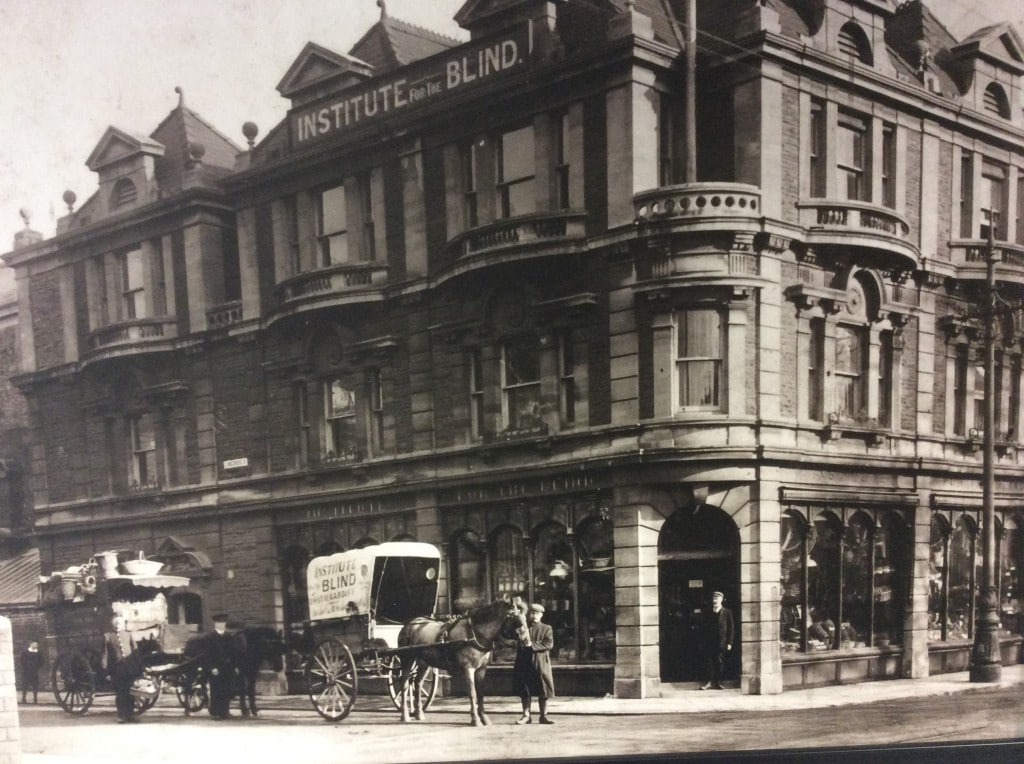

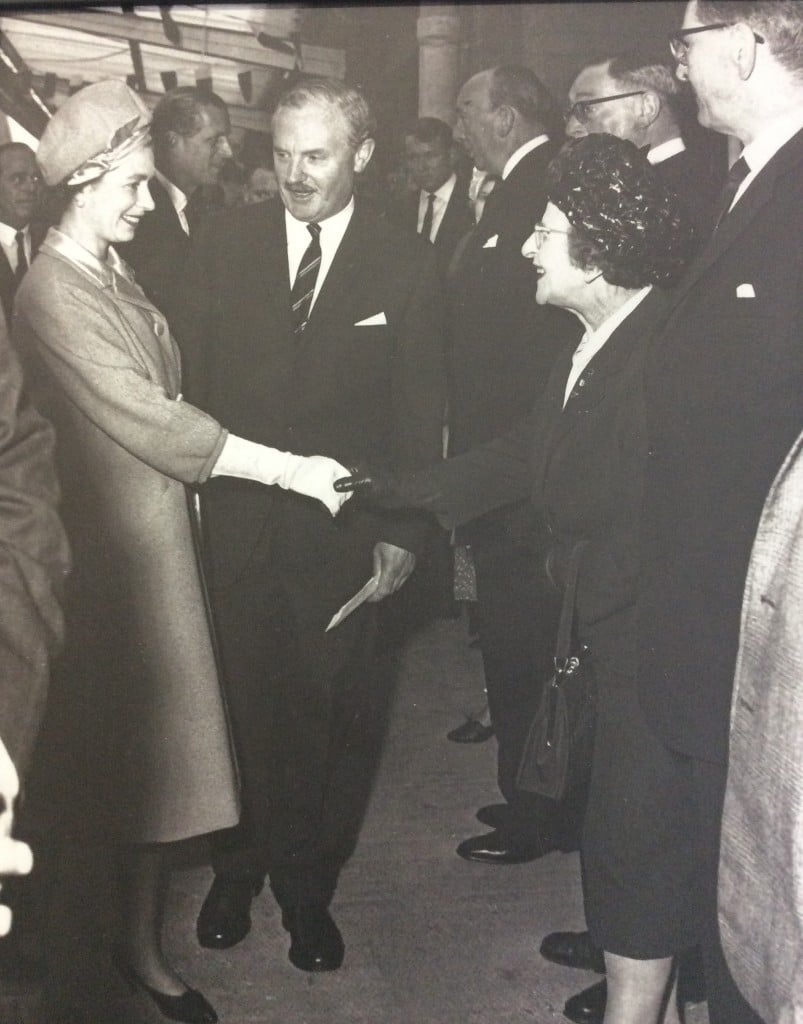
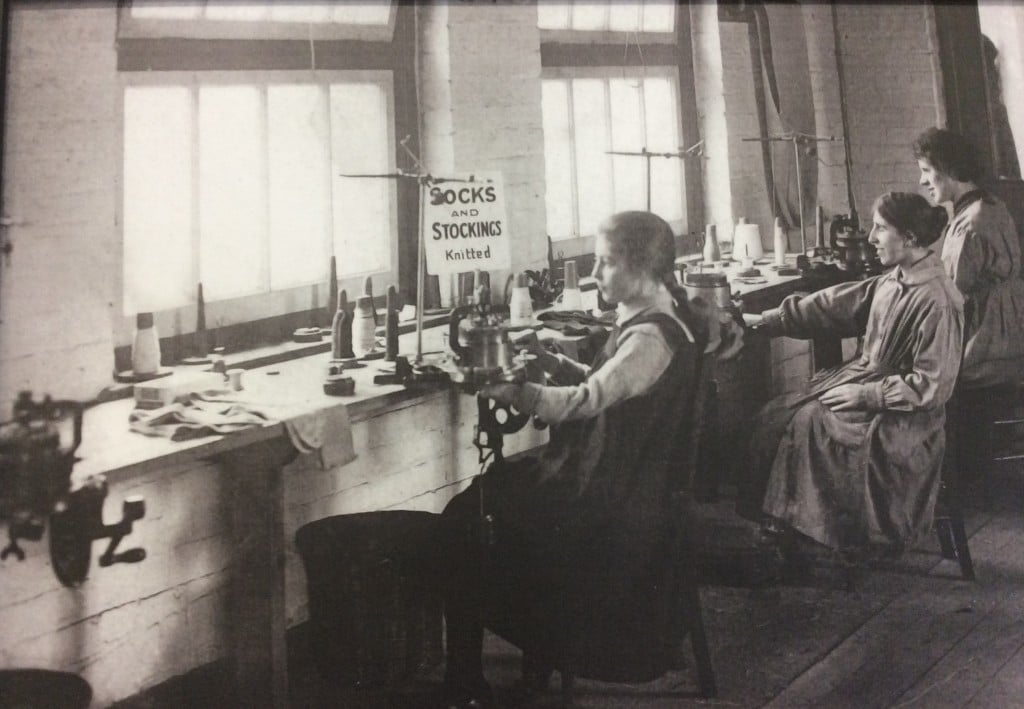
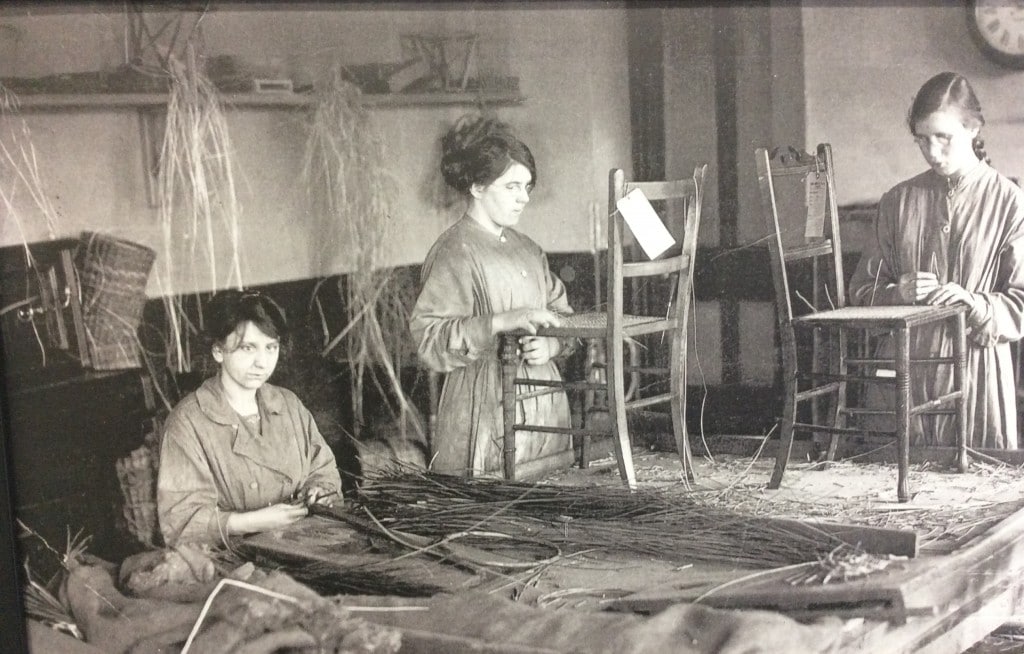
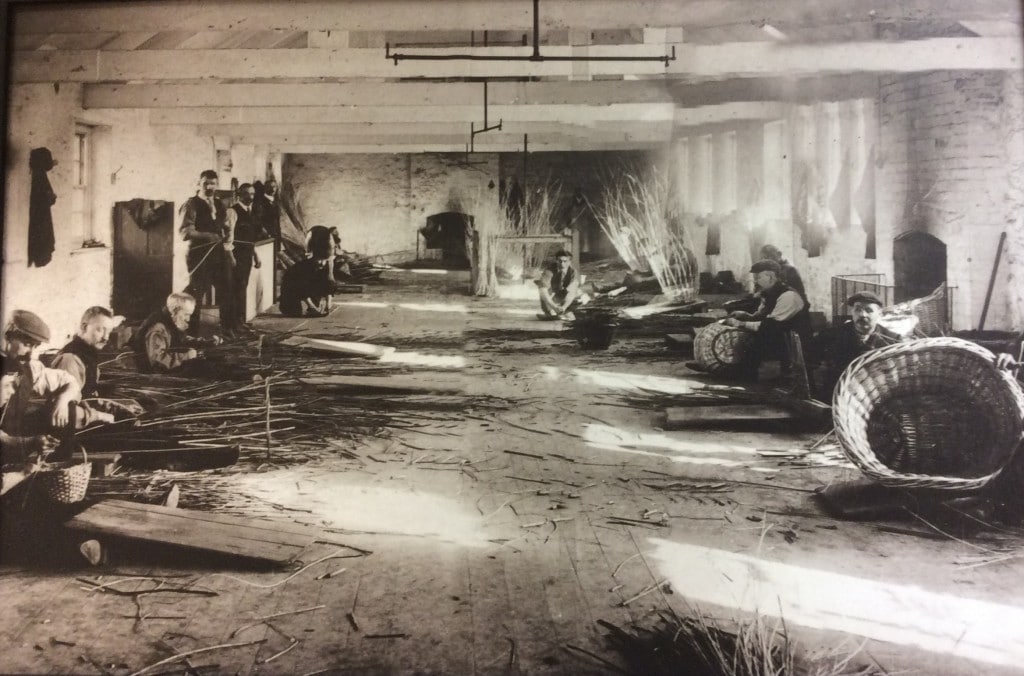
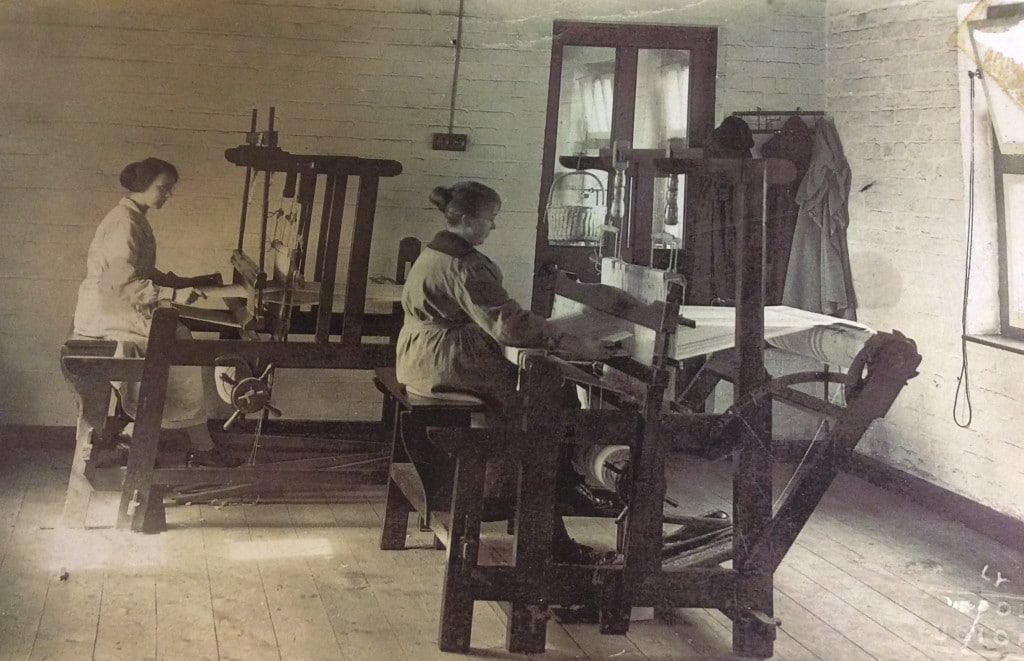
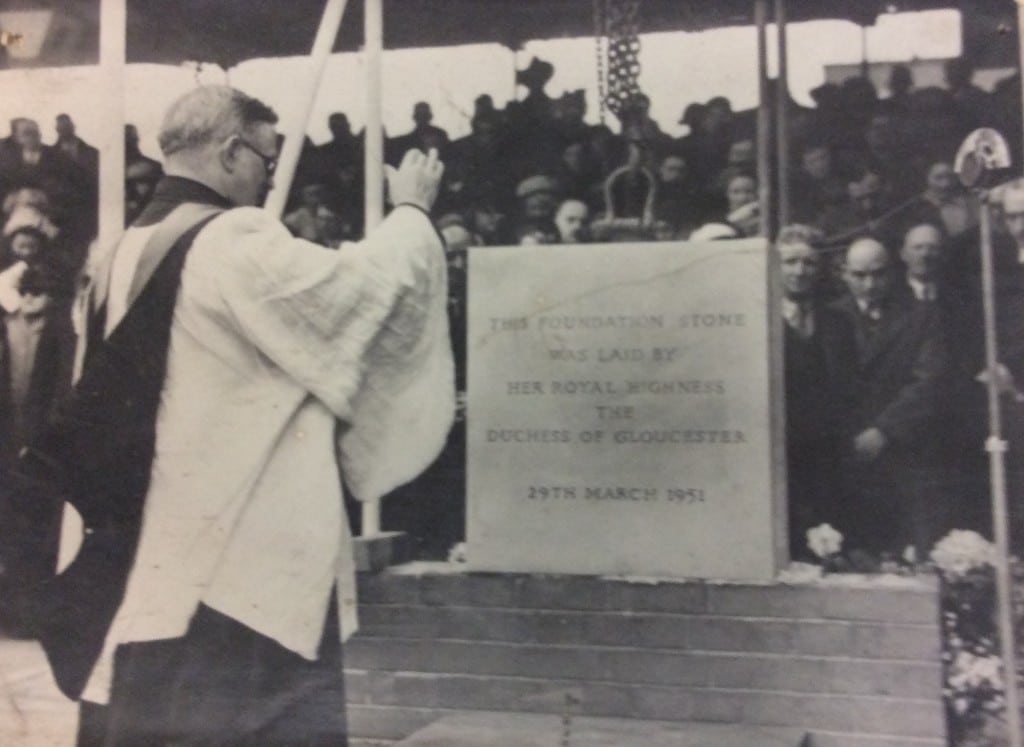
Ways to donate
As a charitable organisation, we’re able to provide our services due to support from people like you.

